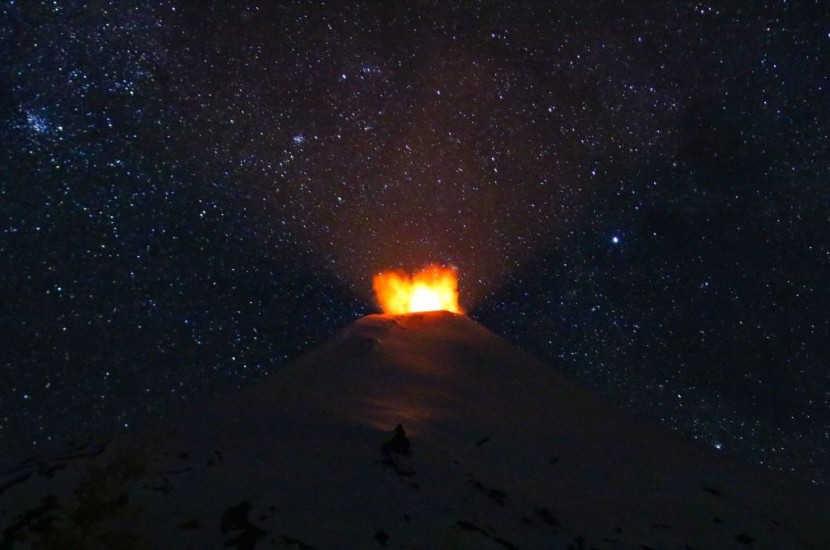
An 800-year-old dormant volcano situated in Sitka, Alaska has shown signs of underground activity after causing earthquakes in the area earlier this year.
The Alaska Volcano Observatory in collaboration with the Alaska Satellite Facility carried out research on the volcano, known as Mount Edgecumbe, using mathematical modeling based on satellite imagery. They determined that the recent increase in activity was a result of the upward thrust of moving magma located deep under the Earth's surface.
Dormant Volcano
A volcanologist at the University of Oxford, David Pyle, said that when magma is moving, it could either force its way along cracks or form an expanding pool of melt at depth. He said that both of these processes can result in small earthquakes in the area.
Pyle added that seismometers are capable of detecting very small tremors and earthquakes that are too small for a human person to perceive. He noted that if they had an array of seismometers placed around a volcano, they would be able to use the earthquake signals to locate the exact point where the tremors are being triggered, as per Newsweek.
When magma makes its way up towards the surface, pushing everything aside, it also causes the earth above it to bulge, similar to a stretching balloon. Pyle added that satellite radar instruments are an important tool for volcano monitoring. This is because they are capable of measuring very minute changes in the shape of our planet's surface.
Pyle said that the minor bulge resulting from the magma's movement, coupled with earthquake locations, can help experts work out in three dimensions the shape of the magma body inside the Earth.
According to CBC News, despite the findings, scientists say that an eruption of the volcano is highly unlikely, noting that no emergency protocols need to be implemented. The team's research found that volcanic activity has been brewing since 2018, but remained undetected for several years.
Read Also : NASA Aims To Have Astronauts Live, Work on Lunar Surface by 2030 Amid Continuous Space Missions
Rising Magma
Since around late 2014, magma levels have risen by about 10 kilometers from a depth of 20 kilometers, said an associate professor of geodesy at the University of Alaska, Ronni Grapenthin, who is the lead author of the study.
The research suggests that the rising magma has also deformed the ground surrounding the volcano, the most notable of which was centered just east of the mountain. There, an area of roughly 17 kilometers in diameter has lifted nearly 27 centimeters in less than four years.
Grapenthin likened the rising magma to an inflating balloon, saying that magma moving to a shallower depth means it is pushing into open space and adding pressure. This results in the top gently moving upwards.
What makes the situation intriguing for experts is that it is very rare for inactive or extinct volcanoes such as Mt. Edgecumbe to become active once more. It also rests on what experts call a "transform fault," which adds to the mystery.
Volcanoes are considered powerful forces of nature that are capable of causing massive earthquakes, spewing out magma and rocks, and creating islands in the Pacific Ocean. Grapenthin said that if Mt. Edgecumbe was to erupt, there would be plenty of signs for people to be prepared, BGR reported.
© 2025 HNGN, All rights reserved. Do not reproduce without permission.








